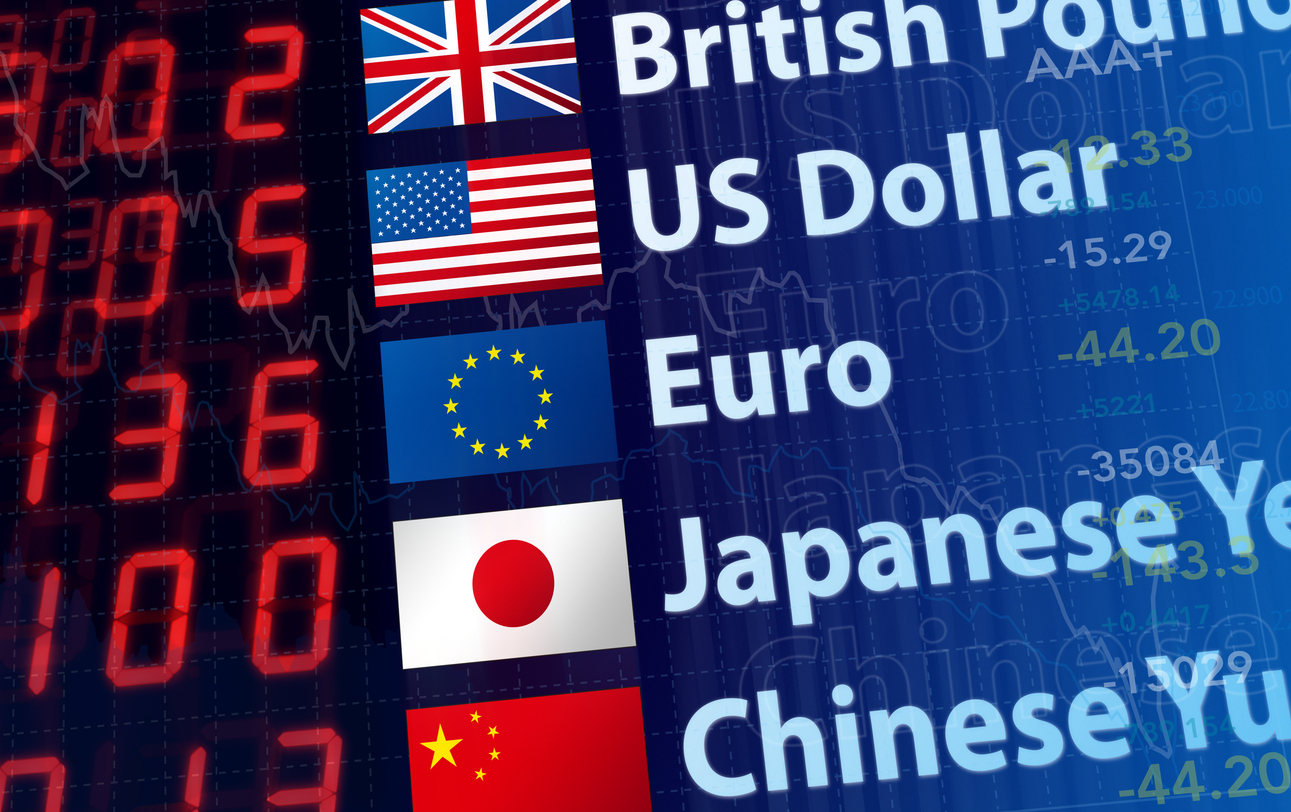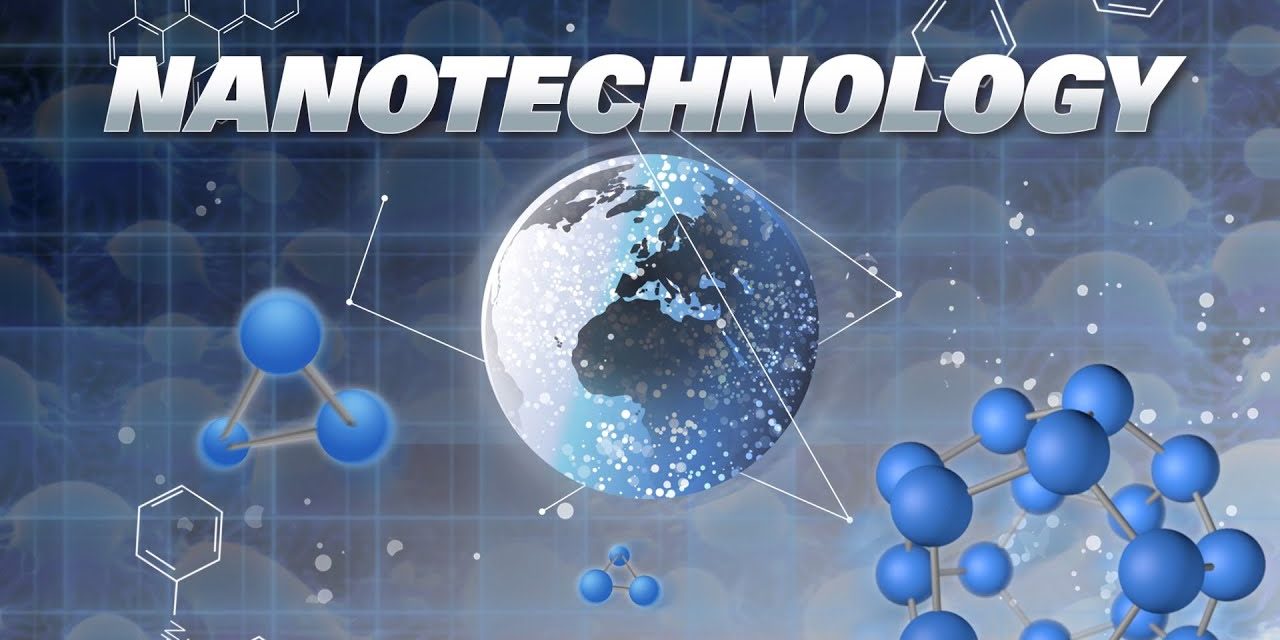Steps to Buy ETFs without a Demat Account
An Exchange-Traded Fund or an ETF is a marketable security, which unlike a mutual fund, is listed and traded on stock exchanges like shares. ETFs are mostly Index ETFs that are formed by institutional investors trading shares in a basket of assets or an index fund for units in the fund. This means that ETFs are generally passive funds, which means that instead of the fund manager selecting stocks and investments on your behalf, the ETF simply mimics an index and attempts to reenact its performance.
An ETF is the type of fund that has ownership of the underlying assets (such as shares of stock) and divides the ownership of these assets into shares. The vehicle structure of the investment varies from country to country and even within a country there might be multiple structures that simultaneously exist. Shareholders have indirect ownership of the assets and do not have direct ownership or any direct claim to them. Shareholders are recipients of a proportion of the profits which includes the earned interest and dividends, and in case of the liquidation of the fund the shareholders get the residual value. In the way shares of stock are transferred, bought and sold, ETF shares can be handled similarly because they too are traded on public stock exchanges.

Through the process of creation and redemption, the supply of ETF shares is regulated. The process involves the presence of Aps or Authorized Participants who are specialized investors like large financial institutions with high buying power such as investment companies or banks. These APs have the right to redeem or create units of an ETF. After a creation, in exchange of the created ETF shares, the AP puts together the required portfolio of underlying assets and hands over said portfolio to the fund. Similarly, in case of redemptions, the Aps return the created ETF shares in exchange of the portfolio of underlying assets. Updates on the fund’s underlying holdings are released to the public on a daily basis.
An ETF offers investors the diverse quality of an index fund as well as the convenience of the ability to sell short, buy on margin, and the purchase of a bare minimum of one share with no minimum deposit requirements. Also, like index mutual funds, ETFs have significantly low costs and in almost all cases, a mutual fund tracking the same index has higher annual expenses. The commission that is to be paid to a broker is the same commission one has to pay for the purchase and sale of ETFs. This makes ETFs cost effective option. Apart from that, there are a number of other aspects that contribute to the growing popularity of ETFs. One of them is that ETFs offer investors a diverse investment portfolio while ensuring that they do not hold the risk of suffering as a result of poor decisions made by fund managers. The stocks involved are carefully chosen and rebalanced periodically by the index providers. Another added advantage is that through these exchanges, ETFs offer anytime liquidity as well.
As most ETFs track and recreate an index, this enables the fund house to passively manage and maintain the ETF portfolio, this also make sit simpler for the investor to keep a check on the performance of the ETF. The fact that ETFs are liquid investments buying and selling them on exchange is made easier for fund managers. It is possible to buy and sell ETF shares on exchange by checking the trading portals where their prices are regularly updated. Investors who are not very experienced and are just starting out can consider investing in Index ETFs as they will provide them good market exposure. Also, for investors, dividends from ETF schemes are tax exempt. A short term capital gain tax is required to be paid in the event that the investor sells their ETF units before the period of 12 months. Apart from a Securities Transaction Tax or an STT of 0.25 at the time of redemption, no other tax need be paid.
An ETF can be purchased or sold in one of two ways – 1. By buying or selling ETF units through a broker over a phone call or by placing an order on the online trading terminal that the broker provides. 2. By eliminating the broker from the process and placing an order directly through an online trading terminal, which is similar to the process of buying and selling shares on exchange, also through trading terminals.
In order to invest in an ETF, there are certain formalities that need to be taken care of. The investor has to create an account and be KYC compliant. The investor is required to produce documents that serve as proof of identity (which can include PAN Card, Driving License, Passport), proof of address (which can include Utility Bill, Driving License, Passport) and bank account details (bank account statement). After these formalities have been worked through, the investor is free to buy and sell ETFs through the newly established account.
IN 1996, India adopted the Demat account system which is where all shares and securities are converted from their physical certificates and are traded and maintained in an electronic format. With time and technology the process has become much easier which has made it more popular. With better internet connectivity and higher computer literacy more people are learning the process of how to open Demat account online and how to operate it more efficiently. A Demat account and Demat account number is required for all transactions and the electronic settlement of trades. As an ETF is a security, like all other securities, it must be stored in electronic format and because it is listed on stock exchanges, it needs a Demat account to be bought and sold. However, according to the 2018 Annual Budget, there may be a possible solution to this. By placing fund of funds at par with equities, the Budget aims to make divestment ETFs more accessible for people, as a Demat account is not required to invest in fund of funds. Therefore there are attempts being made for ETFs to be purchased and sold without the exclusive use of Demat accounts but they have not been made effective yet.

Donna is your friend in the know. Her blog is a treasure trove of insightful tidbits on a wide range of topics. From wellness to technology, she’s your source for staying informed and inspired.















